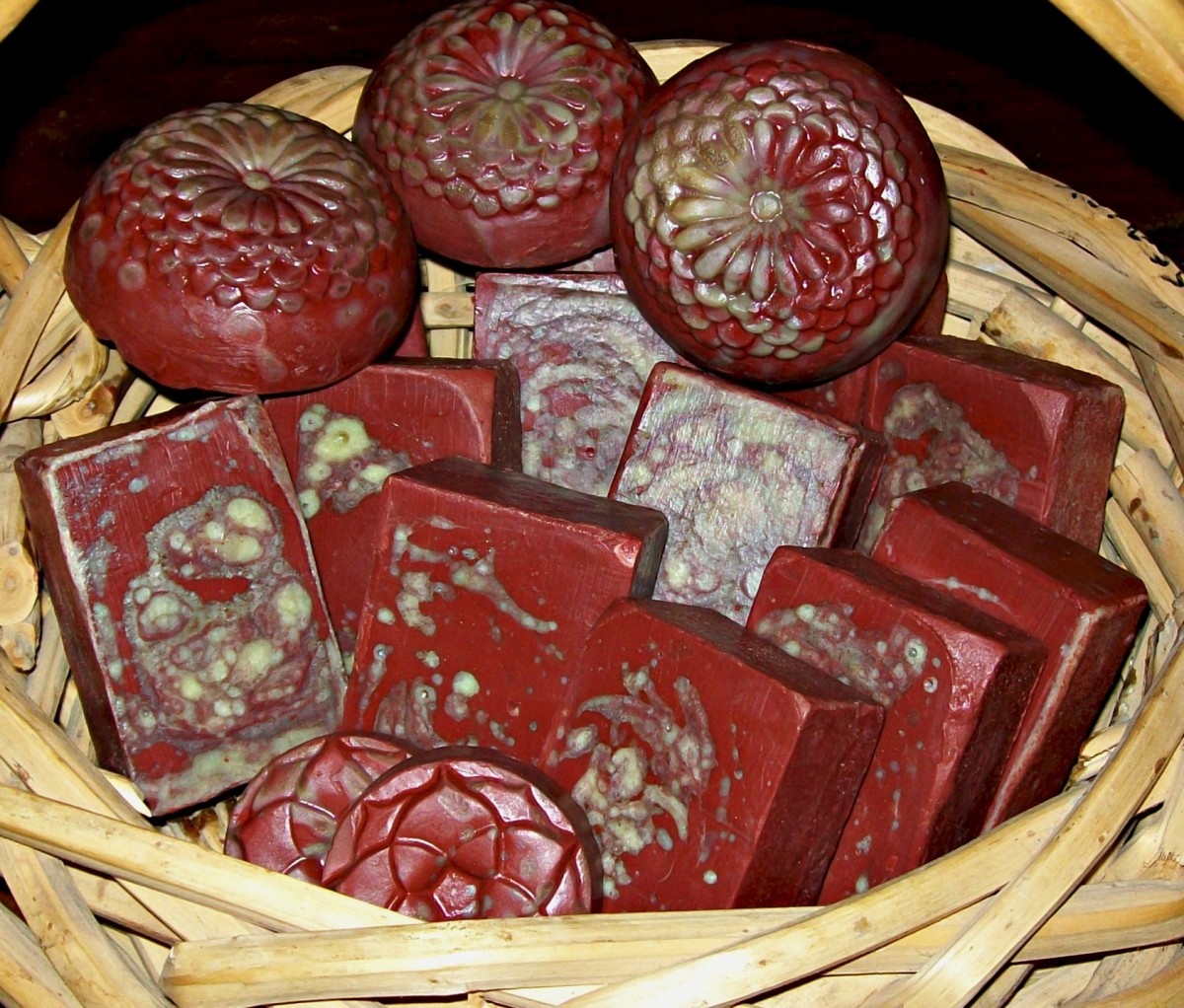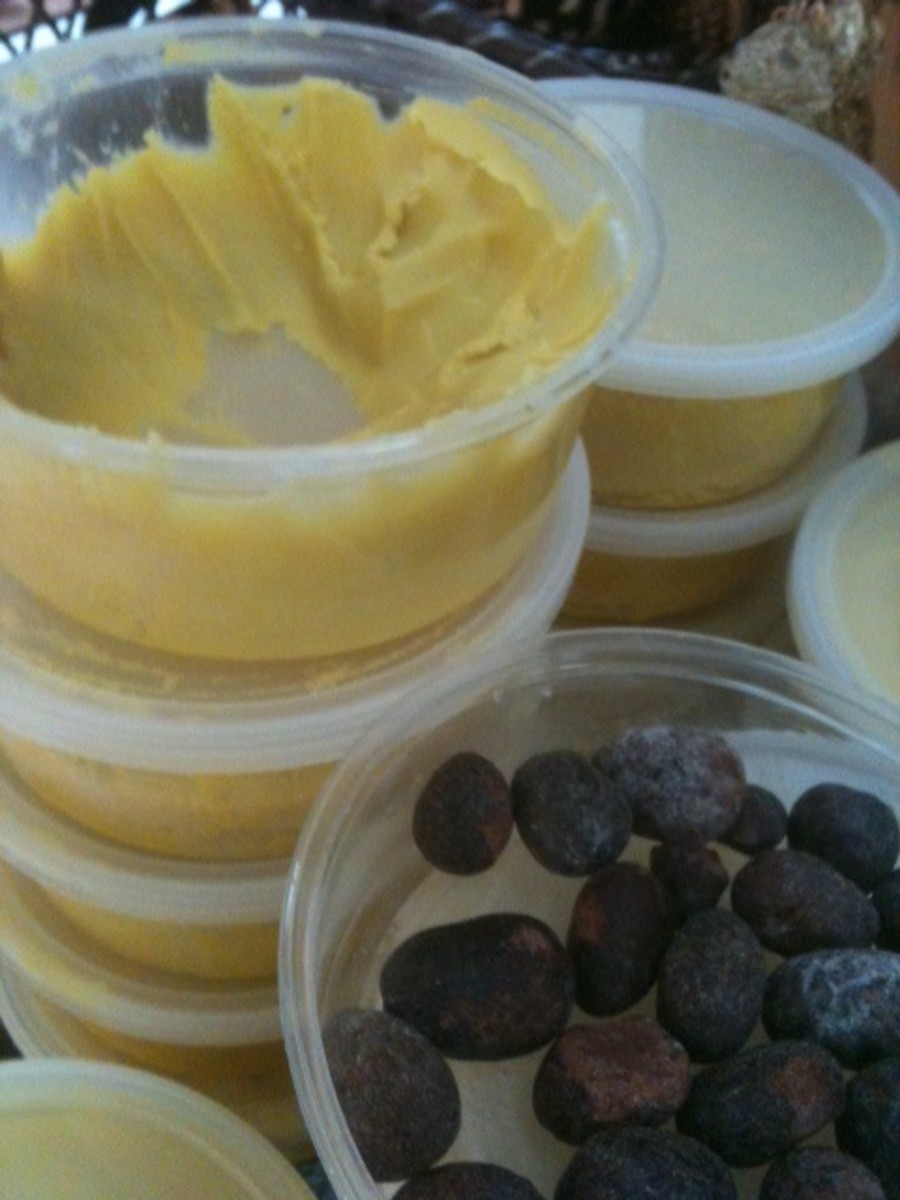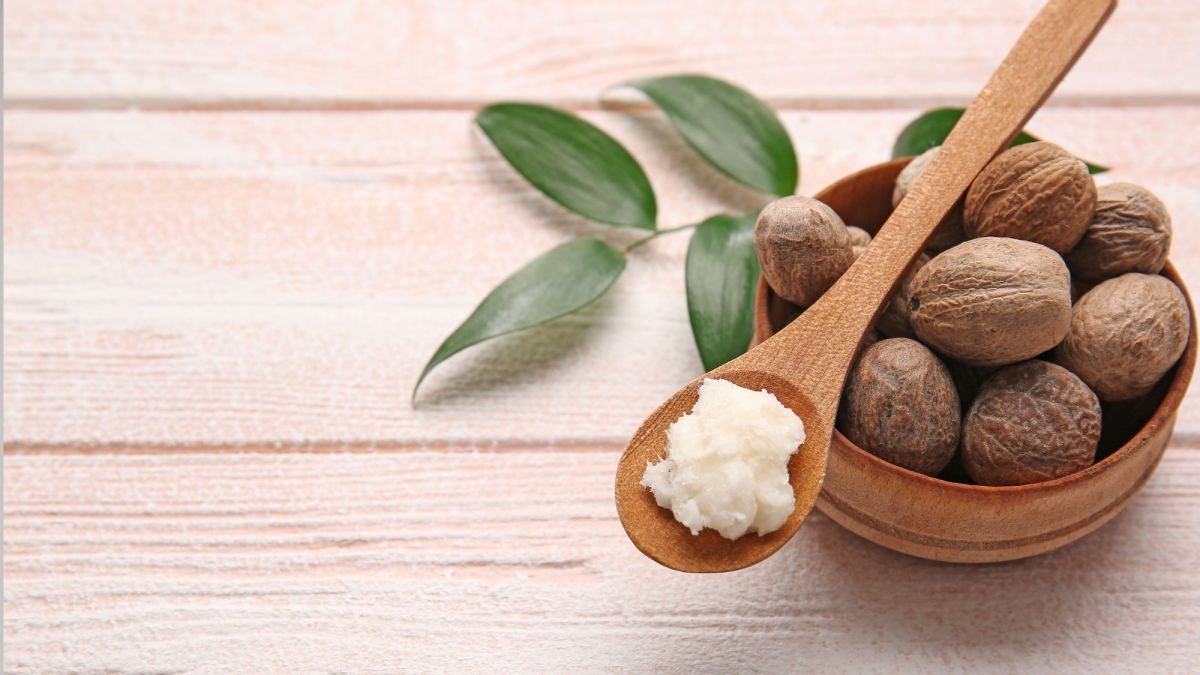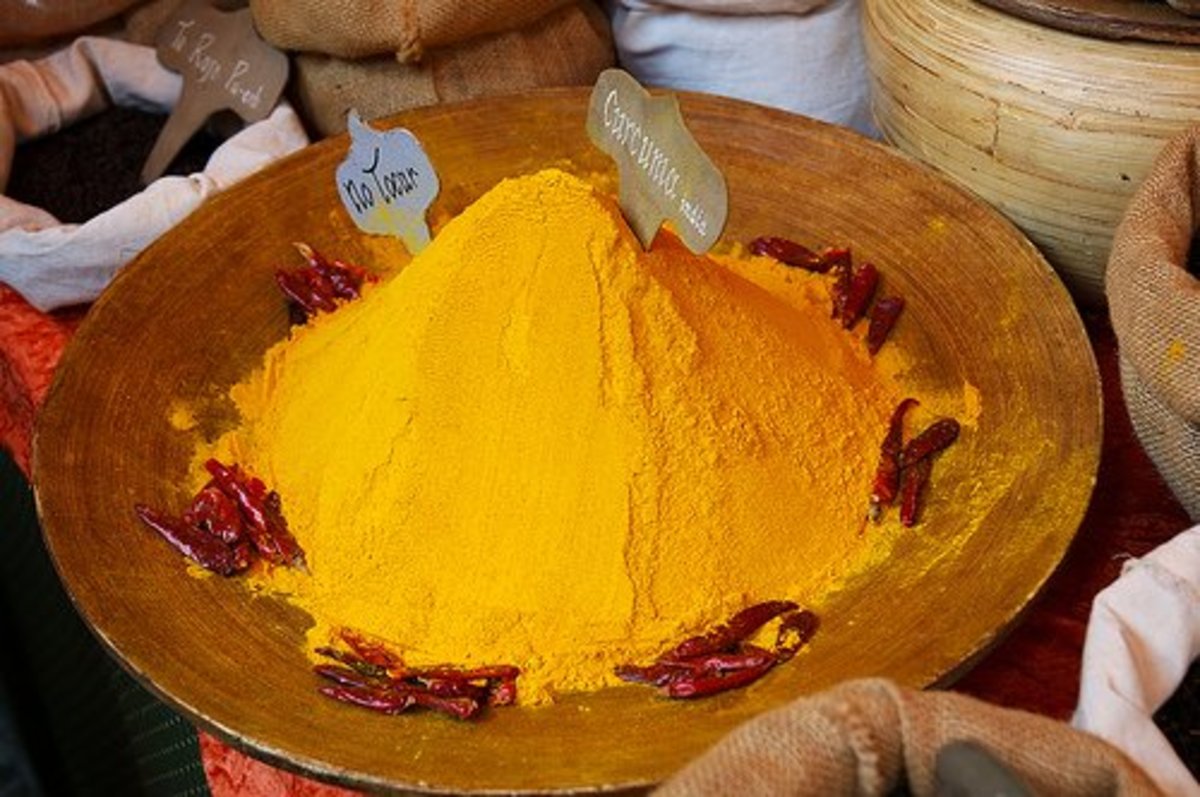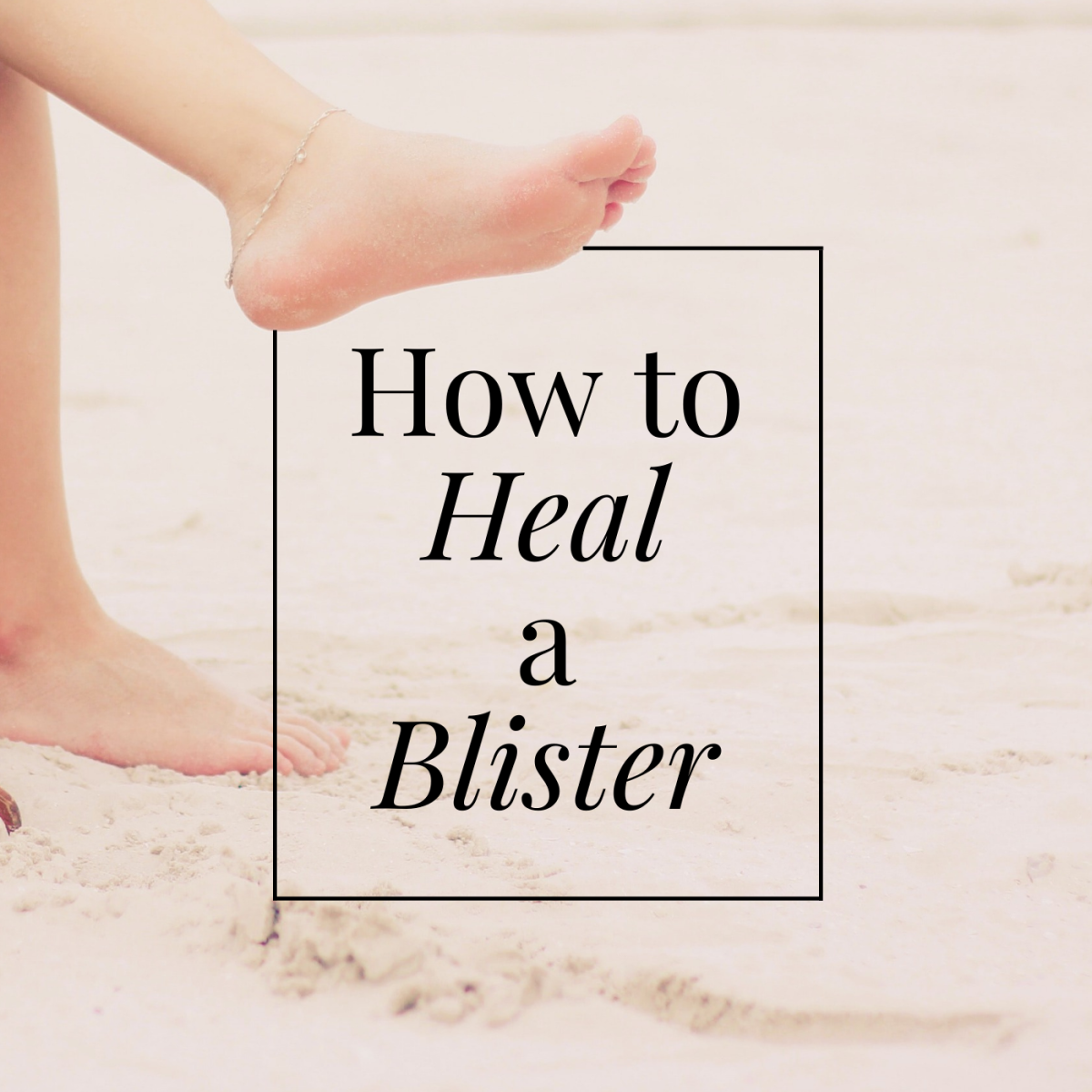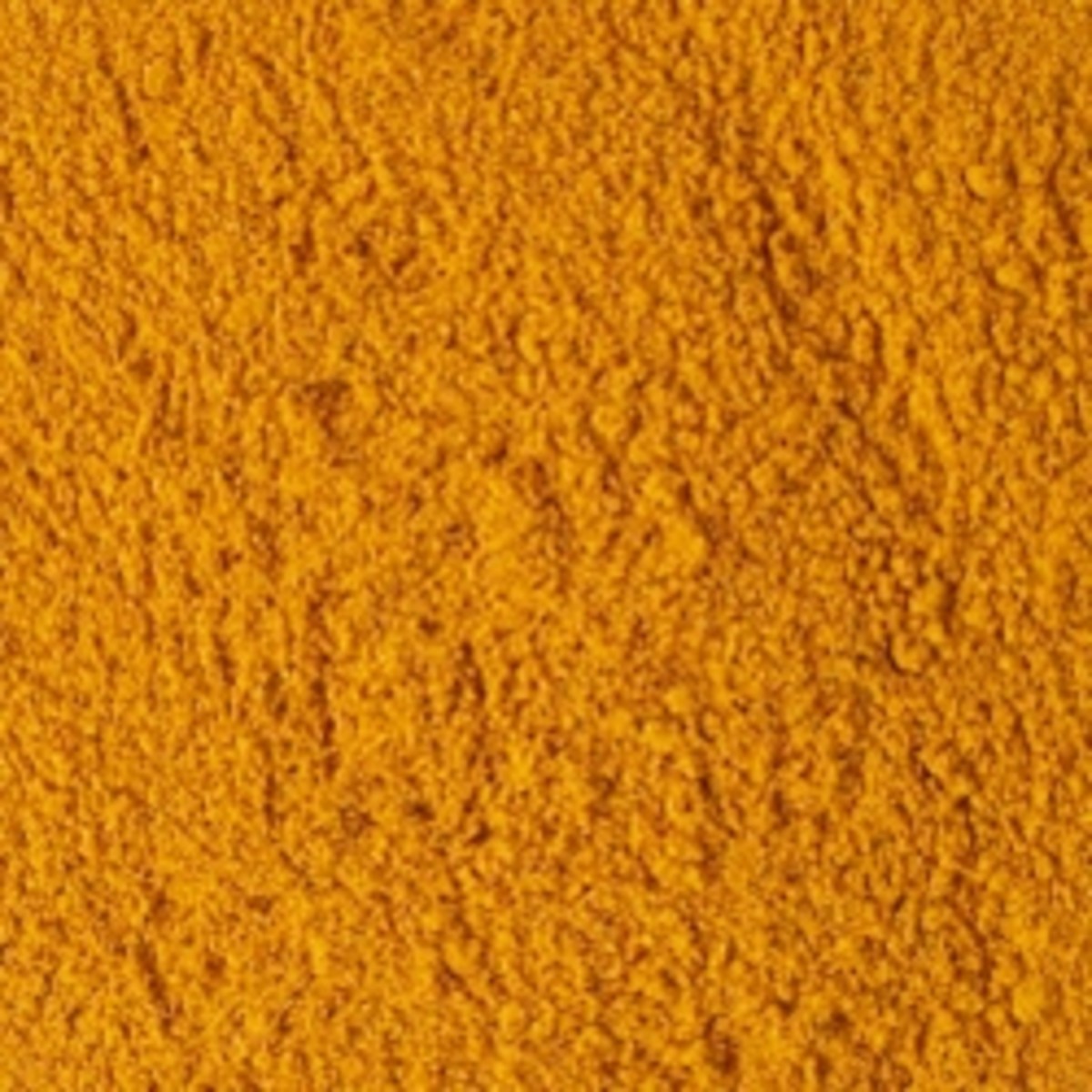Shea Butter Benefits: Expectations versus Reality
Introduction
Shea butter is commonly used in skin care products and cosmetics, but relatively few of us understand what it is. The fact that it is touted as a cure for a wide range of conditions leaves us with high expectations versus real shea butter benefits. Let’s address the hype around shea butter before sharing the facts behind these myths and the reality about shea butter.

It’s Vegan/All Natural/Clean
Shea butter is a “butter” or fat extracted from the nuts of the African shea treat. It may be called “fat”, but that fat is extracted by crushing and boiling tree nuts. In this regard, it is vegan.
It is all-natural, though you could say the same thing for things you don’t want to put on your body. One of the benefits of shea butter over alternatives is how safe it is. If you’re allergic to dairy, you shouldn’t use soaps and skin creams based on goat’s milk. Almost no one is allergic to shea butter.
Shea butter isn’t necessarily “clean” or unprocessed. It is possible to pick up shea butter cream that was created by exposing it to chemicals to leach out the “butter”. If the “clean” label matters to you, go for cold-pressed shea butter or unrefined shea butter.
It Can Go Anywhere and Everywhere on Your Body
While shea butter is an excellent moisturizer, it probably shouldn’t be applied directly to the face. The molecules in shea butter can enlarge your pores. However, it can generally be applied everywhere else as long as it doesn’t go internally. Yet shea butter is often better than the alternatives. It is milder and less solid than cocoa butter. The end result is a light, easy to spread cream that can be applied to the skin without weighing it down.
Shea Butter Is Edible
Shea fruit is edible. Shea butter in its purest form could be used for cooking like coconut oil. There are candy companies replacing cocoa butter with shea butter. However, the shea butter in your skincare products is not edible. All the other ingredients render it unsafe to eat. Nor should you eat shea butter that isn’t considered food-grade. Even shea butter that is intended for use in cosmetics shouldn’t be eaten, since it may be extracted from the nuts using toxic solvents. However, all shea butter products are better for your skin and the environment than petroleum based products.
Shea Butter Can Treat Anything
Shea butter is a multi-purpose product. It has long been used as skin moisturizer. It’s been used to treat insect bites, poison ivy, stretch marks, age spots, psoriasis and allergic reactions. It is often applied to a growing belly to try to prevent stretch marks in the first place. Others apply shea butter to the skin to soften the skin and try to prevent age marks from forming.
Shea butter contains natural anti-inflammatories, something that explains why it has been used to treat arthritis for years. It has been used as sunscreen and to protect one’s hair from drying out in the sun. It is a traditional remedy for soothing cracked or chapped skin, treating skin ulcers and sealing minor skin injuries. This makes it a natural cuticle cream and a way to ease the chaffed nose brought on by a cold.
The natural skin nourishing compounds plus the moisturizing effect explain why it is touted as a way to prevent wrinkles. In reality, the shea butter will minimize the appearance of wrinkles you already have but won’t prevent new ones from forming.
Summary
Shea butter is superior to alternatives like coconut oil and petroleum based skin creams. However, it can’t cure everything or prevent every skin condition. It is simply a great way to minimize the signs of aging and treat skin damage.
This content is accurate and true to the best of the author’s knowledge and does not substitute for diagnosis, prognosis, treatment, prescription, and/or dietary advice from a licensed health professional. Drugs, supplements, and natural remedies may have dangerous side effects. If pregnant or nursing, consult with a qualified provider on an individual basis. Seek immediate help if you are experiencing a medical emergency.
© 2019 Tamara Wilhite


